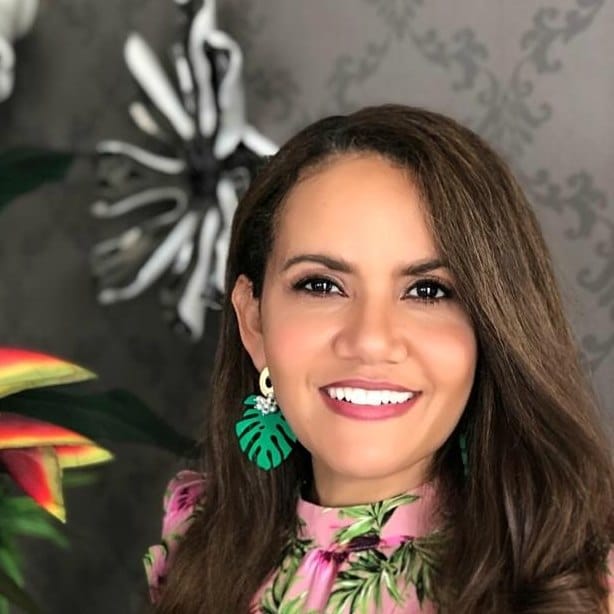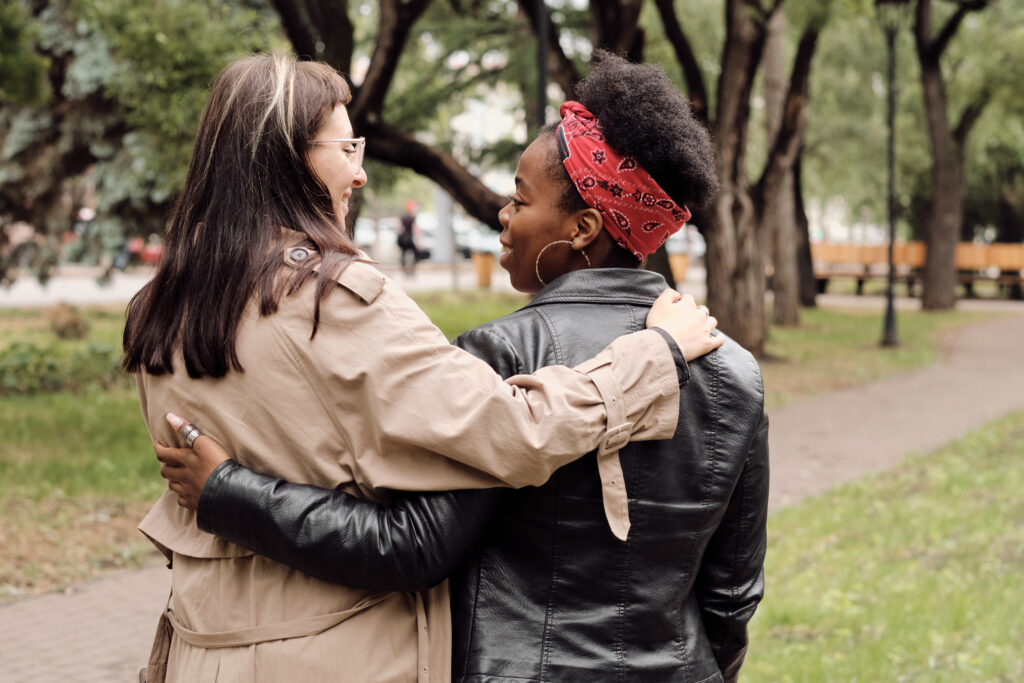There are psychological and health reasons why friendship is useful and necessary for human beings. Based on the studies we have explored, and others conducted across the globe, most people rate their social relationships, particularly with family and close friends, as the most important source of meaning, purpose, and motivation in their lives. Psychological studies also show that friends facilitate prosocial behavior, alleviate loneliness and are crucial to personality development. The article published by The Royal Society Publishing on The Spreading of Healthy Mood in Adolescent Social Networks, shows that good friends provide emotional benefits, such as feeling valued and important, having support and emotional closeness, or enjoying the companionship and intimacy that comes from mutual trust and shared time. These results highlight the underling facts that humans are relational beings and friends become part of, and shape our experiences and existence.
Now the task seems to be how to distinguish between healthy and unhealthy friendships? To that the general wisdom has been that a true friend will always have your best interests at heart. The theme song for the show F.R.I.E.N.D.S perfectly sums up the wisdom found in ancient writings that highlight the benefits of having good friends:
I’ll be there for you when the rain starts to pour. I’ll be there for you like I’ve been there before. “Two is better than one, for if one falls the other can help him up.” Pro. 27:17.
I’ll be there for you cause you’re there for me too. Though one may be overpowered, two can defend themselves.” —Ecc. 4:12
How has friendship changed in the last 20 years?
Research by the Survey Center on American Life indicates that the number of close friendships Americans have appears to have declined considerably over the past several decades. In 1990, only less than 27% percent said they had no close friends or fewer than three friends. A drastic change can now be seen over the past two decades, where today, almost half (49%) of Americans report having few or no friends. This decline is deeper for young people ages 15 to 24, who in-person time with friends has reduced by nearly 70% over almost two decades. This drastic change from less than 27% to almost 50% of Americans who report having few or no close friends should encourage us to take a closer look and search deeper for the root cause of these changes.
Many factors have played a role in how friendship has changed, including the fact that Americans are working longer hours, are more geographically dispersed from family and friends, and are spending more time on social media and electronic entertainment, which in many instances has come at the cost of maintaining and developing in-person friendships.
A survey by the American Association of Retired Persons (AARP) on friendships among adults 50 and older, found a significant difference in communication preference between older and younger Americans. According to research results, older Americans are more likely to send an email to a friend, call on the phone or spend face to face time with friends, while most young adults prefer to text their friends, use social media to express their opinion or have friends they interact with solely via the internet.
Others observe that perhaps part of what has contributed to fewer Americans reporting they have a close friend, could be attributed in part to the current model of friendship, which is based on the concept of “fluid relationships” and in most cases take place online. According to attachment theory, personal, supportive and warm relationships give rise to secure attachment, while impersonal, cold and uncaring relationships give rise to insecure attachment. Based on this approach, this newer concept of a “fluid relationships” could be interpreted by some as unreliable relationships and may negatively affect people’s desire to invest themselves in deep connections.
Another reason friendship may have changed in the last few decades is the practice of situational friends instead of integrative friendship. The practice of situational friends refers to “place-based friendships” or people we mostly see in certain places such as work, school, the gym, or the park, but rarely integrate them in other areas of our lives.
According to the report published by the Department of Human Services, a contributing cause of the decline in the number of people who report having meaningful connections and the change in friendship is the decline in membership and participation in organizations that traditionally have been important pillars of community connection, such as churches and community fests.
As parents, friends and public in general, it is important for us to recognize these changes, as it can lead to social disconnection and significant emotional. According to the Department of Human Services report, in-person faith-based groups can be sources for regular social contact, provide meaning and purpose, create a sense of belonging around shared values and beliefs, and serve as a community of support for individuals, increasing a higher sense of connection for them.
The newer generation seems to be waking up to what the U.S. Department of Human Services and the Surgeon General are warning us about: virtual connections cannot replace meaningful, in-person relationships. “Casual social media connection from across the internet most likely won’t be there for you when you when the rain starts to pour, and you need a shoulder to cry on.” Whether you are an adolescent, a young adult, a mature professional, or a retired senior, we all need friends who will be there for us through the ups and downs of life. So, let’s bring back friends! But not the show, let’s bring back the real-life connections.
Positive Actions to Make Friends
The following positive actions are a great start for making friends and friendship development.
1. Be a friend.
If you see someone struggling to make connections at the office or at an afterhours event, walk up to them and start a conversation. Then, ask them a few questions to get to know them a little better.
2. Be patient.
Expect making friends to take time. Some people make friends faster than others and that’s both normal and okay. All you must do is be friendly. Be the first one to offer a greeting. That makes you the leader in the exchange.
3. Be yourself.
Just be yourself. There are hundreds of romantic songs that claim you are one in a million, but science corrects that view by ascertaining that you are 1 in 400 trillion. Then the Creation model affirms that you are truly unique—No one else on the planet has or has ever had fingerprints like yours. You are one and only! Though different people should inspire us in different ways, don’t compare yourself. You are a unique individual design to be and have a friend!
= = =

Meet the Author: Esther Scott is a Licensed Professional Counselor with a double Bachelor of Arts in Psychology and Business Administration and a Master’s in Mental Health. She places emphasis on individual, family and professional development, and holds a deep passion for helping individuals find the best in themselves and others. Her main coaching principle is, “We can do all things.” Her office is in SW Arlington, TX.
4304 SW Green Oaks Blvd, Suite 150 Arlington, Texas 76017
Phone: 817-807-0058 Website: https://positiveactionsinternational.com/
